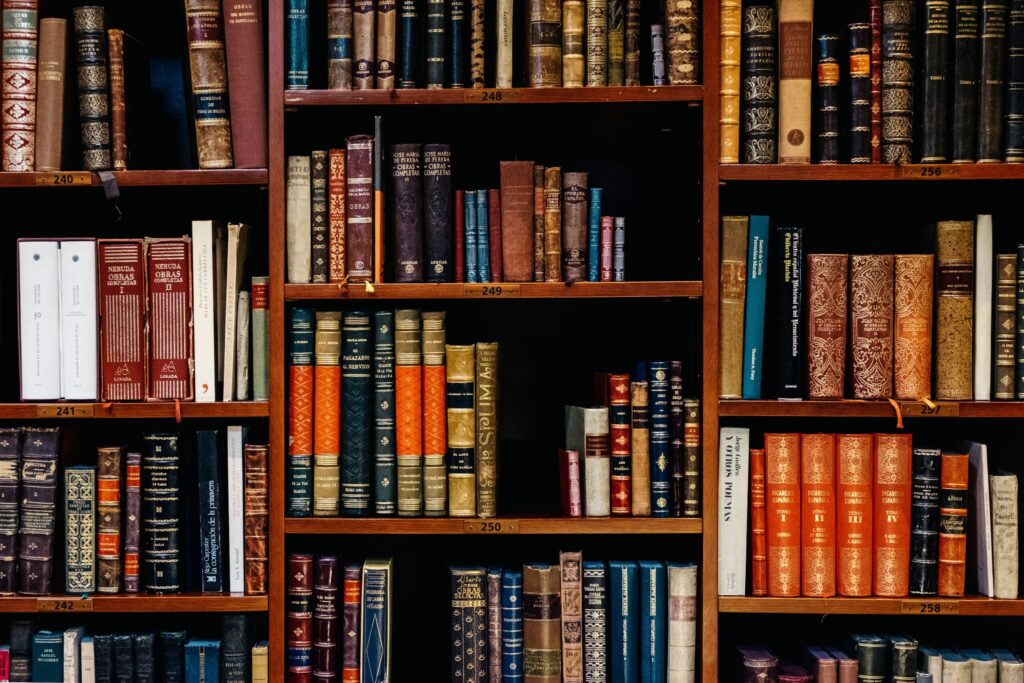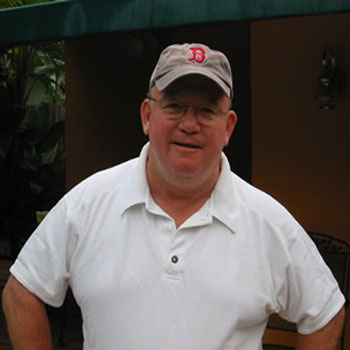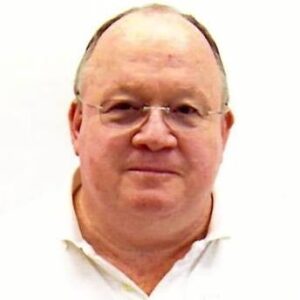WELCOME TO
THE DORGAN FAMILY
of East County Cork, Ireland, Rhode Island, USA, and Beyond.
Ó DEARGÁIN
THE HISTORY OF THE DORGAN NAME
The DORGAN surname is derived from the Irish surname Ó Deargáin. The Irish name literally means the “The Grandson of the Little Red Man”. The Ó prefix means “descended from”, or “of” (i.e. “grandson”).The feminine form of the surname is Ní Dheargáin.
The “i” in Deargáin means ‘of’. Our ancestor’s name was Deargán. His grandson described himself as Ó Deargáin (‘grandson of Deargán’) and so established the surname. Irish does things like letting you stick ‘of’ inside a name like this because, basically, it’s a far more developed language than English. You don’t need a separate word to do it.
Here is the best explanation that I have seen about the DARGAN / DORGAN name courtesy of my Internet friend, Jerry Kelly, one of the best sources of “things Irish”.
“MacLysaght (Surnames of Ireland) writes “(O) Dargan – The Leinster form of Ó Deargáin (dearg, red). In Co. Cork it takes the form Dorgan and is perpetuated in the place-name Ballydorgan.” Let’s note that MacLysaght chooses to place your name under (O) Dargan because he knows that’s how the name should be pronounced.
de Breffny (Irish Family Names) writes “Dorgan – This name found principally in Co. Cork, derives from the Irish Ó Deargáin. The name of Ballydorgan townland in the barony of Condons and Clangibbon indicates an early home of the family. The variant form Dargan is found in Leinster.” We should add that properly speaking, Dargan isn’t the variant. Dorgan is the variant.
Woulfe (Sloinnte Gaeidheal 7 Gall / Surnames Of The Gaeil & The Gaill) writes “Ó Deargáin (Dargan, Dergan, Dorgan, Dorrigan); descendant of Deargán (diminuitive of dearg, red); an old surname in Westmeath, Offaly and Cork. In the last-named county, it is now anglicized Dorgan, which is not very correct.”
So Woulfe points out that Dorgan is a poor pronunciation of the original Ó Deargáin, and he’s right. So there’s apparently no doubt that your original surname is actually Ó Deargáin. And here we see the moment that your family made the move from speaking Irish to also speaking English: Meanwhile, Woulfe, and only Woulfe, cites the existence of the name Ó Dorcháin in Irish, but can’t come up with a suitable explanation for its existence.


Woulfe writes “Ó Dorcháin – Dorgan, Dorrigan, (?) Doorigan; ‘descendant of Dorchán’ (diminuitive of Dorchaidhe); a rare surname in Cork and Kerry, probably the same as Ó Dorchaidhe.” Well, this isn’t exactly right.
The diminimuitive of Dorcha, meaning ‘dark’, would be Dorchán, and I can’t find either Dorcha nor Dorchán in the old manuscript sources as an actual Irish name. The diminuitive of Dorchaidhe would actually be something like Dorchaidheán, and I can’t find that either, although it could conceivably exist.
Further, Ó Dorchaidhe (‘grandson of dark-man’ from the root dorcha meaning ‘dark’) has been anglicized as Dorkey, Darkey, and even Dorcey, Darcy, and D’Arcy, but nobody has ever actually found an example of the name being anglicized to Dorgan. And notice that Woulfe has not tried to connect the name to some actual or ancient family of the name Ó Dorcháin.
He knows no such family existed. Instead, he concludes that Ó Dorcháin / Dorgan must be a very wide variation in spelling and pronunciation from some other actual Irish name. And he’s right. But he chooses the wrong family, he chooses Ó Dorchaidhe.
Here is an extraordinary commentary about the ancient DORGAN family, by Jerry Kelly
Dear Bill,
I’ve found out something about your family which I think is truly amazing and a testament to your ancestors’ absolute determination and persistence over the last 2,000 years.
As Celtic population groups and Celtic culture came to Ireland, the earlier bronze age population groups became Celts as well. (The Celts are a cultural and linguistic group, not a race, which is why we have so many different varieties of Irish – freckled red heads, tall blonds, swarthy west Corkmen, huge Black Irish, etc.) Similarly, up until the 8th century or so, when a large and powerful tribe conquered a territory, the older population groups were sometimes given false genealogies which made them part of the incoming tribe.
So when the Laighin conquered the area now called Leinster (Laighin-ster), they gave Laighin genealogies to some of the Cruithin (‘Pict’) and Érainn tribes who were already there. T.F. O’Rahilly in Early Irish History And Mythology concluded that 2 of the 4 main divisions of the Laighin are actually pre-Laighin tribes of Érainn descent.
Some, however, were not absorbed in this fashion. These Cruithin and Érainn hold-outs, all Celts by the time of the Laighin conquest (3rd-1st centuries B.C.?), are called forshloinnte (‘external families’, meaning external to the tribe) in our Seanchas tradition (the Gaelic learned tradition which indivisibly combines law, history, and genealogy).
Things were not easy for the forshloinnte. All were pushed off the best land. They were taxed. Some were forced into exile. They suffered the worst in every war and famine. Gradually over time, their numbers decreased greatly. I, personally, have never before met a bona fide descendant of a forshloinne and I’ve been doing this kind of research for over 30 years. Writing in 1650 at the height of the Cromwellian genocide, the great genealogist Dubhaltach Mac Fhirbhisigh reflected on how few of the Irish had survived (“…ar a laghad mhaires díbh aniu…”), especially amongst the forshloinnte.
But a very few insisted on holding on, holding out, and even flourishing anyway. In honor of your ancestors, I note the following entries in our Seanchas about your family and your tribe:
Forsluinti iomorro Húa Lugdach meic Thuathail Tigich: Húi Dile deogbaire dia tát Húi Derggáin, Húi Gumáin, Húi Síláin Chrecóra. (the manuscript called Rawlinson B.502, 12th century, 125a35)
Forshloinnte Ua Lugdhach, .i., Uí Didli deogbair, dia ttáid Uí Dheargáin, Uí Gomain, agus Uí Shíoláin Crecora. (The Book Of Genealogies by Dubhaltach Mac Fhirbhisigh, 1650, 461.5)
Translation: External families in the territory of the Uí Lughdhach Mhic Thuathail Thighich – the Uí Dhile Dheogbhaire (the descendants of Dil the cupbearer), from whom are the Uí Dheargáin, Uí Gomain, and the Uí Shíoláin of Crecóra
Here we see that not only did your family survive, they even managed to maintain their tribal genealogy and affiliations in opposition to the conquering Laighin, which was an amazing feat.
These surviving entries of your family’s genealogical tradition do not certify whether your tribe, the Uí Dhile Dheogbhaire, are originally Cruithin or Érainn.
It was, in fact, unlawful for a seanchadh (brehon/historian/genealogist) like Dubhaltach Mac Fhirbhisigh or the author of Rawlinson B.502 to record the genealogies of a forshloinne. However, the name Dil shows up in the Síl Ír (Érainn) genealogies as a son of Aonghus Fionn son of Fearghus.
The god Aonghus is an ancestor-god of the Érainn. Fearghus is an ancestor-hero or ancestor-god of the Érainn. Also, in the Laighin genealogies, a Dila shows up as a son of the charioteer Laider, but Laider is given Ulaid descent, and the Ulaid are a branch of the Érainn.
The name Díl also shows up as a daughter of Míl, but this is a late (7th-8th century AD) piece of propaganda from my Uí Néill ancestors as they established their claim to all of Ireland, and so can be discounted. I do not see any Cruithin associations for the name or its likely variations, so it looks to me like your tribe were almost certainly Érainn.
Hope that’s helpful. Le gach dea-mhéin / Best, – Jerry

WILLIAM J. DORGAN III
(BILL DORGAN)
MAY, 1966

WILLIAM J. DORGAN III
(BILL DORGAN)
MAY, 2004

WILLIAM J. DORGAN III
(BILL DORGAN)
APRIL, 2016

DAVID OSCAR WITCHER
DECEMBER 2020
